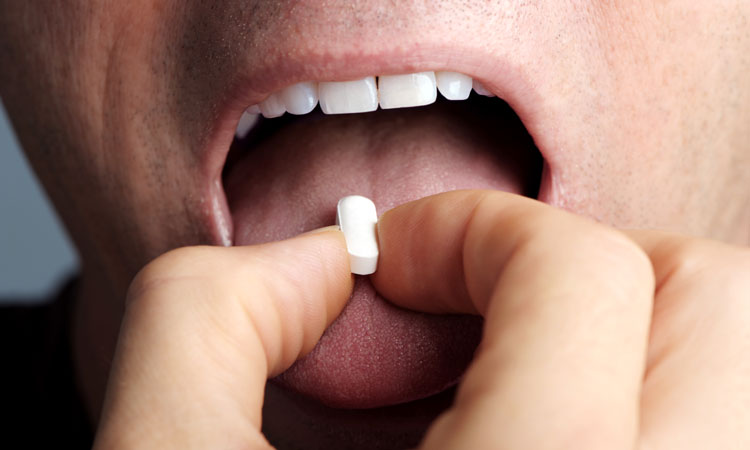Mucosal delivery – is this the next level in drug delivery?
Posted: 4 June 2017 | Flavia Laffleur - Assistant Professor at the University of Innsbruck and Researcher at the Koch Institute for Integrative Cancer Research at Massachusetts Institute of Technology | No comments yet
Following the introduction of the concept of mucoadhesion in the 1980s, polymeric excipients became attractive for intense research purposes. Mucosal delivery as a non-invasive delivery pathway raised the bar.


Non-invasive delivery is one of the most convenient delivery paths, due to painlessness, low cost and patient friendliness. Furthermore, mucosal delivery such as buccal, ocular, nasal and vaginal delivery encompasses a diversity of benefits such as overcoming the first pass effect, targeting the specific tissue, better patient compliance, and higher bioavailability. This review details current knowledge about mucosal delivery, the different mucosae, mucosal diseases and mucoadhesion theories.
Mucus and mucosa
Mucus, a highly viscoelastic and adhesive barrier, protects the eyes, respiratory airways, gastrointestinal and reproductive tract, and nasopharynx against debris, foreign pathogens, toxins, and environmental ultrafine particles in areas of the body that are not covered by skin.1 The composition of mucus is predominated by its water content, which is about 90-98% and entangled and crosslinked with mucin fibres excreted by goblet cells and submucosal glands.2 Bacteria, cells, mineral salts, lipids, macromolecules, proteins and cellular debris are additional components of the viscous mucous mesh.3 Due to its viscoelasticity and adhesiveness, mucus has the key role of protector and one-way diffusion processor. It allows the diffusion of only water, hormones, proteins, nutrients and essential molecules, besides entrapping and hindering viruses, bacteria and other dangerous materials. Finally, those enemies are trapped and cleared by mucus clearance and turnover.4




